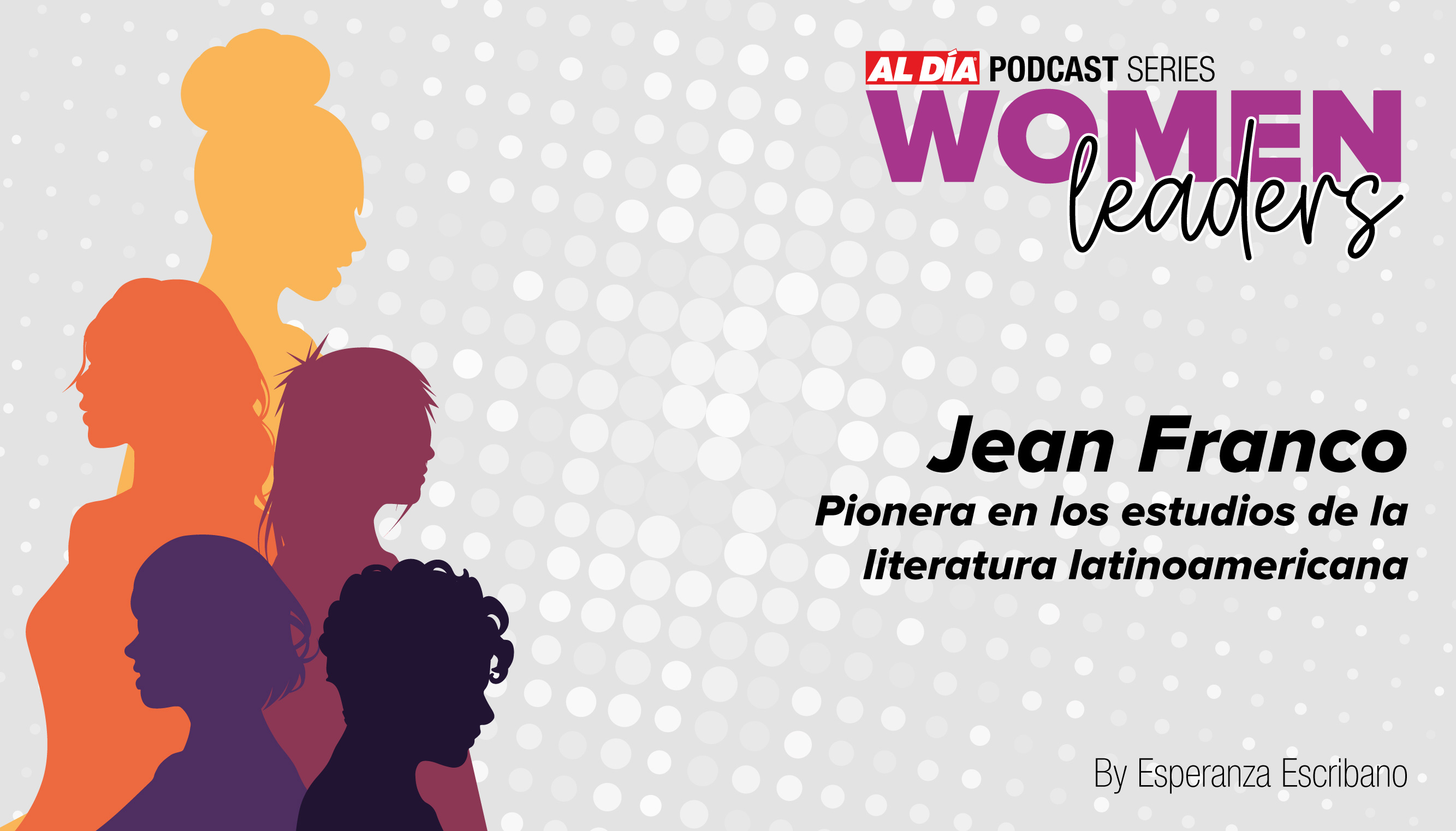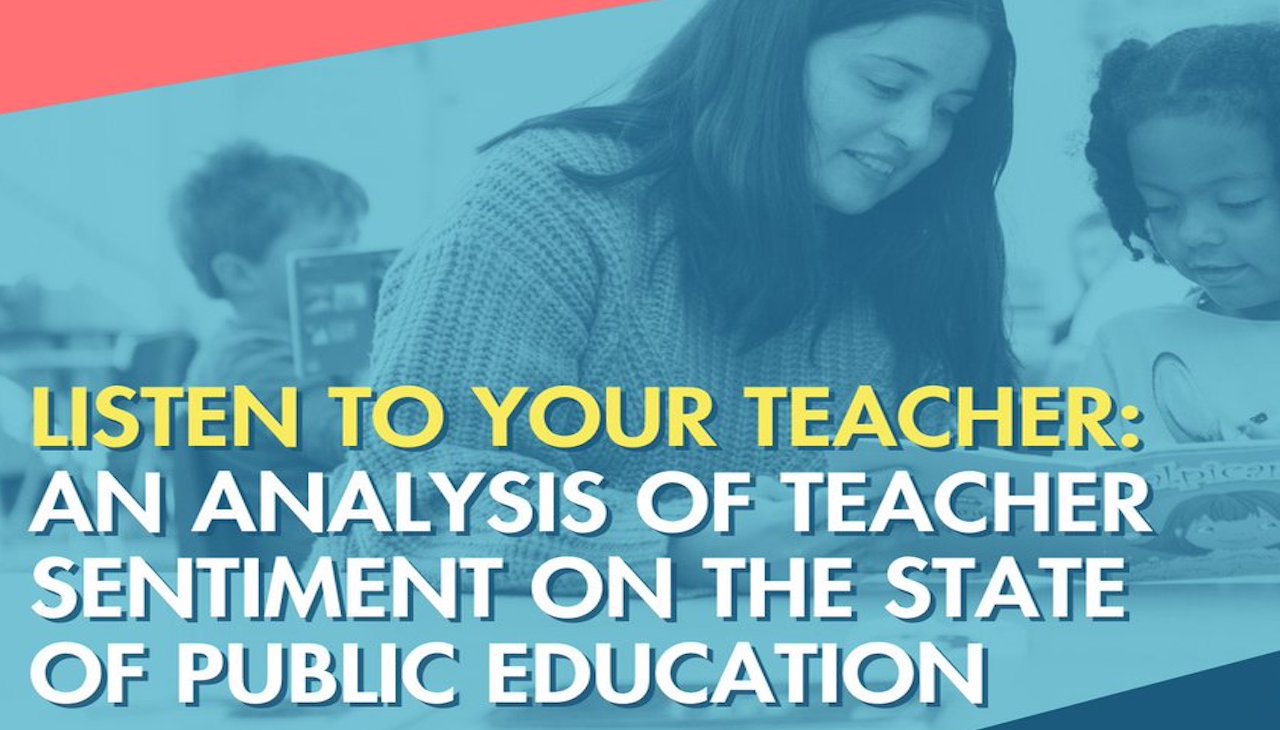
The Hispanic Federation provides financial aid sessions for students and parents in Spanish
Understanding financial aid assistance and resources continue to be difficult among the Hispanic community
Last week, the Hispanic Federation hosted its final December Pathways Workshops, which provided financial aid sessions for students and parents and a workshop to help parents understand the symptoms and signs of autism.
Pathway to Academic Excellence: Financial Aid for College workshop on Thursday allowed parents and students in high school to pose several questions about financial aid assistance. The workshop was held in Spanish, allowing the Hispanic community to understand the collegiate demands their child will be facing and how parents contribute to their child’s academic success.
Although the workshop was for students and undocumented students in New York City, I have included information that will help students in Pennsylvania know about the resources available to them.
How much will it cost?
The first misconception is that the cost is only tuition, excluding housing and meals, books and supplies, transportation, and personal expenses. The total amount needs to be multiplied by the number of years you’ll be in school to get an idea of how much your college degree will cost.
Therefore, looking into financial assistance is imperative to avoid financial hardships while obtaining your college degree.
A good website to visit is collegecost.ed.gov for links to colleges’ available net price calculators. If you are not familiar with “Net Price,” it is how much you’ll pay for college after subtracting your financial assistance (grants and scholarships) from the full cost of school. Also, this will allow you to make an informed decision about how much your degree of interest will cost at your selected schools.
Grants, Scholarships, and Financial Aid
The first thing you need to do is look for grants and scholarships. A grant is an award, given by an entity (your selected school, the government, a foundation, an organization, etc) to an individual to facilitate a particular program, research, or initiative. A scholarship is a financial award given to students based on merit (academic excellence) or other criteria like financial need.
Fastweb.com is the leading scholarship database and is beginner-friendly to help facilitate scholarship searches for high school and college students.
After you have checked the cost of tuition and expenses and selected a few grants and scholarships to apply for, it is time to complete the Free Application for Federal Student Aid (FAFSA) and the PA State Grant form. The FAFSA consists of loans, Direct Subsidized Loans, and Direct Unsubsidized Loans and grants—these loans are federal student loans offered by the U.S Department of Education (ED) to help students with the cost of higher education, as stated on its site. Additionally, PA State Grant has awarded over $12.3 billion to PA residents since 1965, according to PHEEA.
The major difference Direct Subsidized loans have slightly better terms and the ED pays the interest while you are in school, and provides a 6 month grace period after graduation for you to start paying the interest fee and monthly loan repayment installment. However, with a Direct Unsubsidized loan, you are responsible for paying the interest during all periods.
For more information regarding borrowing, guidelines click here.
RELATED CONTENT
During the workshop, host Fatima Aviles advised parents and students to complete the FAFSA application early and to have a few documents available—Social Security number for the student and at least one of the parents, driver’s license, if applicable, U.S. citizenship or resident information, and Taxes information.
Many parents were a little confused about how their immigration status would disqualify their children. In that case, if the child was born in the U.S. they are still able to apply.
However, federal aid is not available for undocumented students.
Lastly, students should compare their financial aid offers and understand how much of that money is free money, and how much needs to be repaid.
Also, another way for students to pay for college expenses is to participate in work-study programs, which allow you to earn money by working at school.
For a list of additional programs available to college students in Pennsylvania click here.
Final Recommendations
The Hispanic Federation provided a list of recommendations for parents and students:
- Organize Tax documents
- Save login and password information for each website (applications are filled every year)
- Print the confirmation pages for each application
- Check emails and university portals regularly to be aware if your applications have been processed and other types of verifications
- Modify your applications with new information about the universities of interest
- Apply for all financial aid assistance on time
- Be careful with private loans applications











LEAVE A COMMENT:
Join the discussion! Leave a comment.